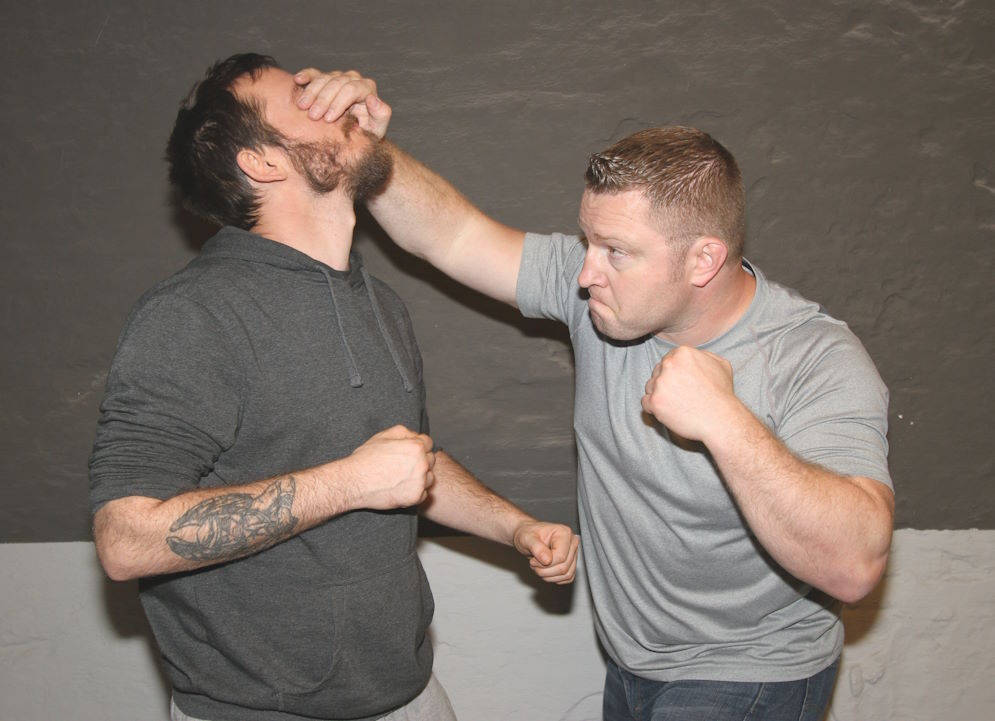Brian asked if I could talk about how to avoid going too far in a self-defense situation. How to stop yourself from throwing that one punch too many that makes you go from self-defense to becoming the aggressor?
The links mentioned in this episode:
- My FB group “You are not Ares”
- Basic Self-Defense 1: Controlling Techniques
- 8 self-defense tips for men.
- Boxing for Self-Defense Two – An update
Thanks for listening!
Like, share and leave a review!
You can support the podcast in various ways right here.
Subscribe to the podcast and automatically get the latest episode:



